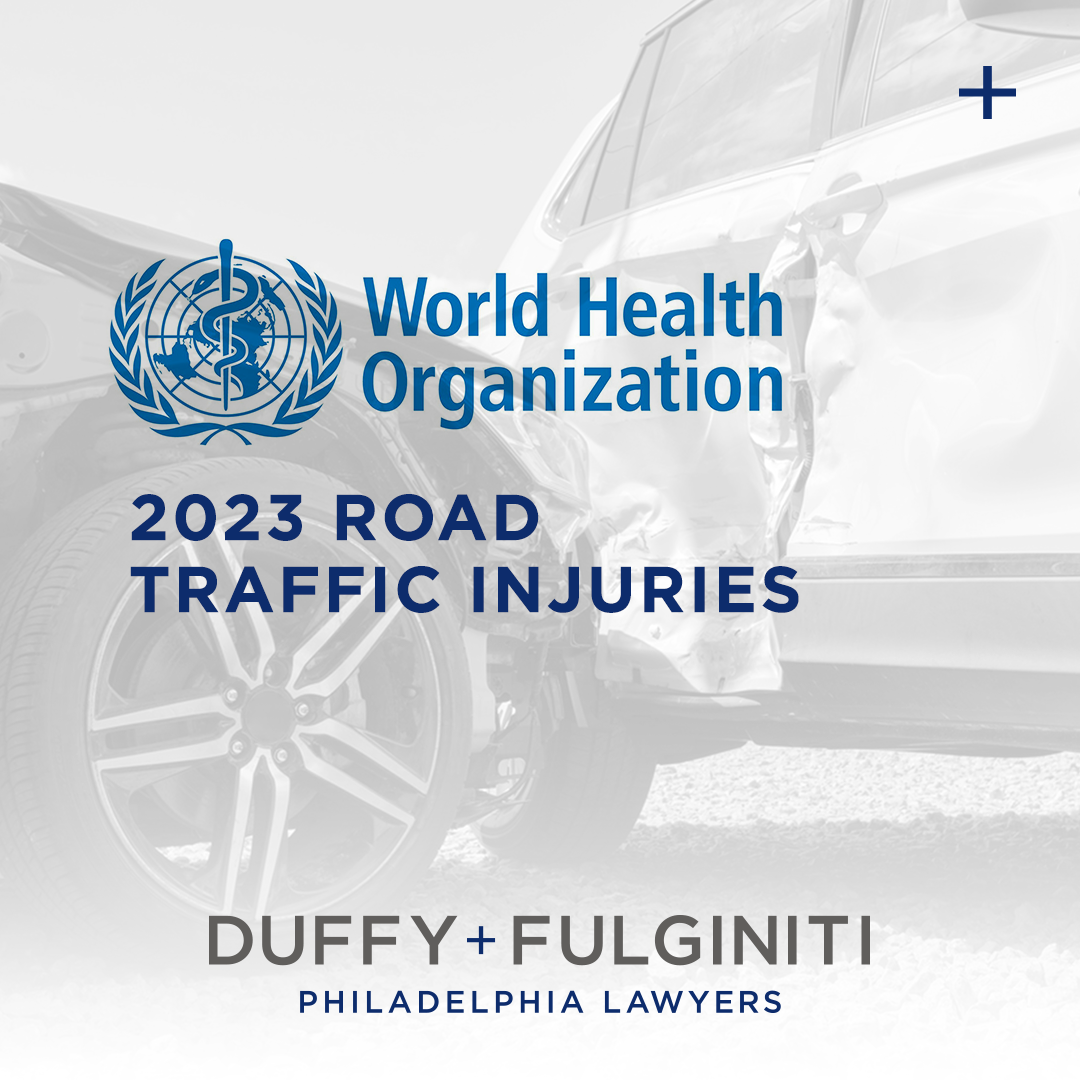Risks on the Road: The WHO Traffic Injury Report

Each year, about 1.19 million people are killed in road traffic crashes, according to a recent report from the World Health Organization. In addition, there are 20 to 50 million more who are injured, and many permanently disabled. The WHO report shared important data about the risk factors we need to know.
- Vehicle-related injuries are the leading cause of death for children and young adults ages 5-29. Two-thirds of road traffic deaths happen among adults ages 18-59. Men are more three times more likely to be killed than women. More than half of all fatalities on the road are among more vulnerable users: bicyclists, pedestrians, and motorcyclists. Various risk factors including human error contribute to these crashes.
- Speeding is directly related to the chances of a crash happening and to its severity. The report shared that for every 1% increase in speed, there’s a 3% increase in a serious crash and a 4% increase in a deadly one. At just 65 km/hour, the death risk to vehicle occupants is 85% in a side-impact crash. Cars are 4.5 times more likely to kill a pedestrian at 65 km/hour than at 50 km/hour.
- Driving under the influence is associated with risk of death and injury. Even low levels of blood alcohol concentration increase the risk of a crash, and that rises significantly when a driver’s blood alcohol level is greater than 0.04. With psychoactive drug use, risks of a deadly crash are about five times greater than someone who is not using drugs.
- Distracted driving slows reaction time and makes it difficult to stay in the correct lane and maintain the right following distance. Drivers on their phone are approximately four times more likely to crash than those who are not. Texting substantially increases the risk of a crash. Hands-free phones are not much safer than hand-held models.
- Failing to use helmets, seatbelts, and child restraints contributes to fatalities and injuries. Motorcyclists are six times more likely to die in a crash without a helmet. Similarly, a seatbelt can protect vehicle occupants up to 50% more than non-wearers. Child restraints have a 71% reduction in infant deaths.
- Unsafe road infrastructure and unsafe vehicles also play a role in deadly and debilitating crashes. In addition, if traffic laws are not enforced, or are perceived as not being enforced, it is likely that dangerous behaviors may continue, noted the article.
If you have been injured in a motor vehicle accident, or a loved one was the victim of a traffic fatality, and you think that negligence played a role, why not speak with a top Philadelphia car accident attorney to better understand your legal rights and pursue justice?

